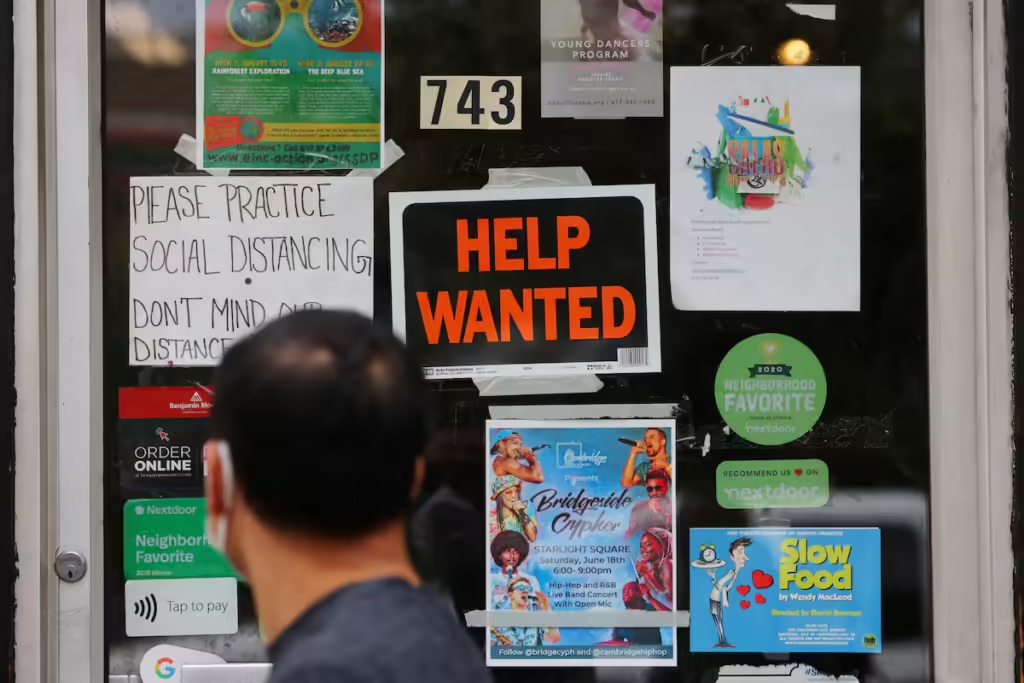US Labor Market Shows Signs of Slowing as Unemployment Rate Rises to 4.1%
In June, U.S. employment saw a solid increase, but the labor market’s overall health raised concerns as the unemployment rate climbed to a 2-1/2-year high of 4.1%. This uptick suggests a slackening labor market that may influence the Federal Reserve’s future actions.
Employment Gains Concentrated in Government and Healthcare Services
The significant rise in employment was largely driven by government and healthcare services, which accounted for about three-quarters of the payrolls gain. This concentration indicates that while there are job opportunities, they are not evenly spread across all sectors of the economy. The reliance on these sectors for employment growth may point to underlying weaknesses in other areas of the labor market.
Implications of the Rising Unemployment Rate
The increase in the unemployment rate to 4.1% is a notable development, reaching a level not seen in 2-1/2 years. This rise reflects potential challenges in the labor market, such as mismatches between available jobs and worker skills, or broader economic factors that may be slowing job creation. The higher unemployment rate can lead to decreased consumer spending, which in turn could slow economic growth further.
Federal Reserve’s Potential Response
The slackening labor market, as evidenced by the rising unemployment rate, is likely to keep the Federal Reserve on course to adjust its monetary policy. The Federal Reserve has been closely monitoring employment data as it considers future interest rate changes. A slowing labor market might prompt the Fed to pause or slow down rate hikes to avoid exacerbating economic weaknesses and to support job growth.
Sector-Specific Employment Trends
While government and healthcare services saw substantial hiring, other sectors did not experience the same level of growth. Industries such as manufacturing, retail, and hospitality have faced varying degrees of challenges, from supply chain disruptions to shifts in consumer behavior. These sector-specific trends highlight the uneven recovery within the labor market and the broader economy.
Economic Context and Future Outlook
The labor market’s performance is a critical indicator of the overall health of the U.S. economy. The solid employment gains in June are a positive sign, but the rise in the unemployment rate suggests that the recovery may be losing momentum. As the Federal Reserve evaluates its policy options, the interplay between job growth, unemployment, and inflation will be crucial.
The coming months will be essential in determining whether the labor market can regain its footing or if further signs of weakness will emerge. Policymakers, businesses, and consumers alike will be closely watching employment trends to gauge the direction of the economy.
Conclusion
The U.S. labor market presents a mixed picture in June, with solid employment gains largely concentrated in government and healthcare services. However, the rise in the unemployment rate to a 2-1/2-year high of 4.1% points to a slackening labor market. This development suggests potential challenges ahead and keeps the Federal Reserve on alert for possible adjustments to its monetary policy. As the economy navigates these complexities, the labor market’s performance will remain a key focus for ensuring sustainable growth and stability.

